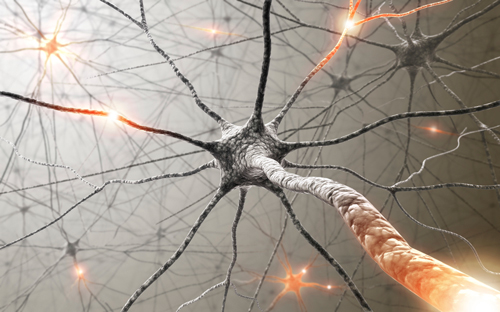
Strokes, or cerebral vascular accidents, exist in varying degrees of severity, depending upon which part of the brain is affected, how much of the brain is affected and the level of exercise the person performs. Other factors that affect stroke severity include advanced age, high blood pressure, diabetes, smoking, minimal variety in the types of food consumed, high cholesterol and migraine headaches.
There are two main types of stroke: a hemorrhagic stroke , which occurs when a blood vessel bursts, and an ischemic stroke , the result of a clogged blood vessel. A transient ischemic attack is referred to as a “mini-stroke” because the blood flow to the brain is briefly interrupted.
Because the care a stroke victim receives in the first few hours can significantly affect recovery, rapid recognition and transport to medical evaluation and treatment is vital. By recognizing the following signs and symptoms of a stroke, you can help clinicians give you the most effective treatment possible, as soon as possible.
- sudden numbness or weakness of the face, arm or leg
- sudden confusion, trouble speaking or understanding what has been said
- difficulty seeing out of one or both eyes
- trouble walking
- dizziness
- loss of balance or coordination
- severe headache without a known cause
During the stroke recovery period, we can work with your physician to assess your unique presentation—that is, how much recovery you can achieve—and design a rehabilitation program tailored to your particular physical requirements. We can devise a recovery program to help improve your physical skills and suggest various lifestyle changes you can make to reduce the future risk of stroke.
